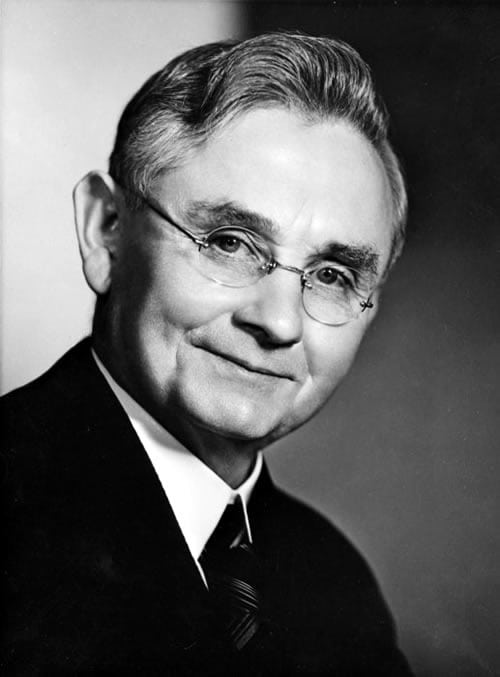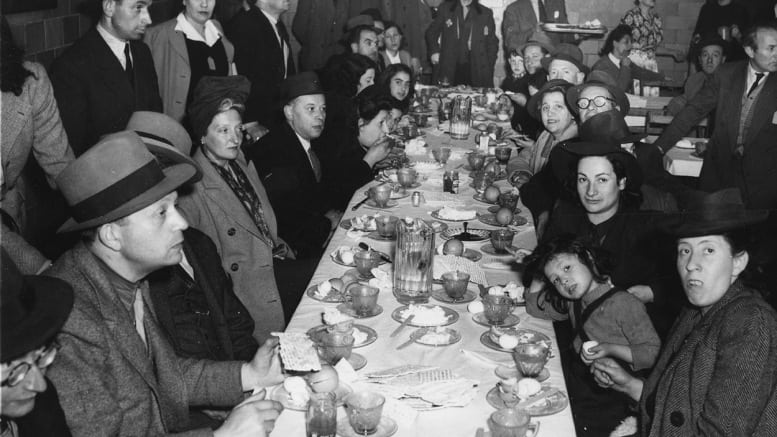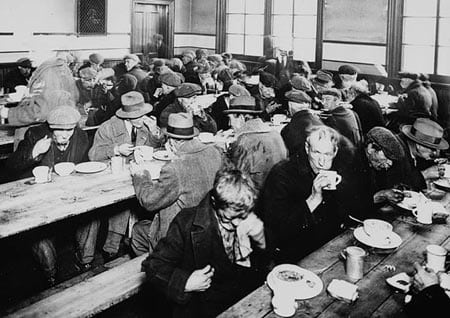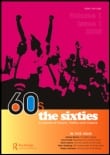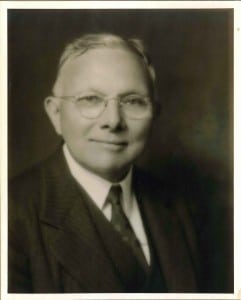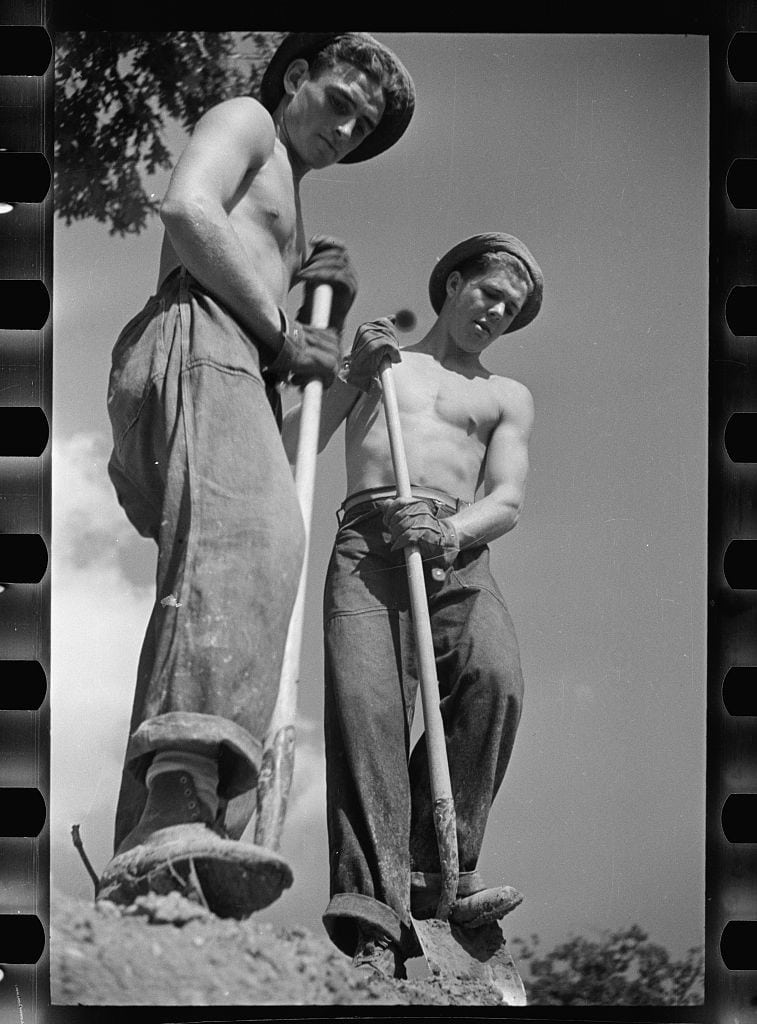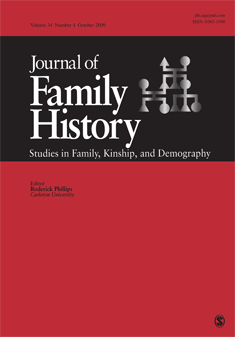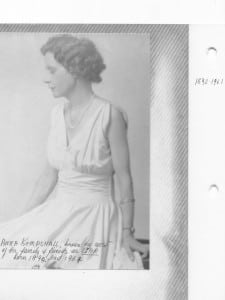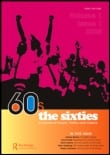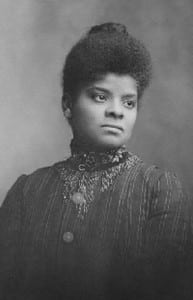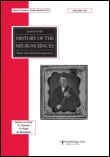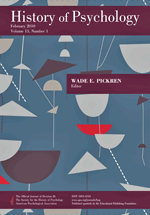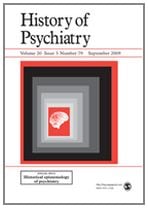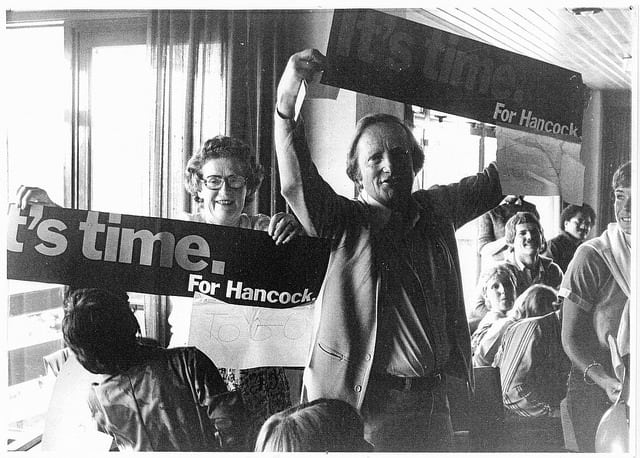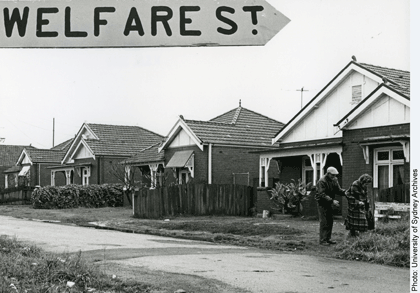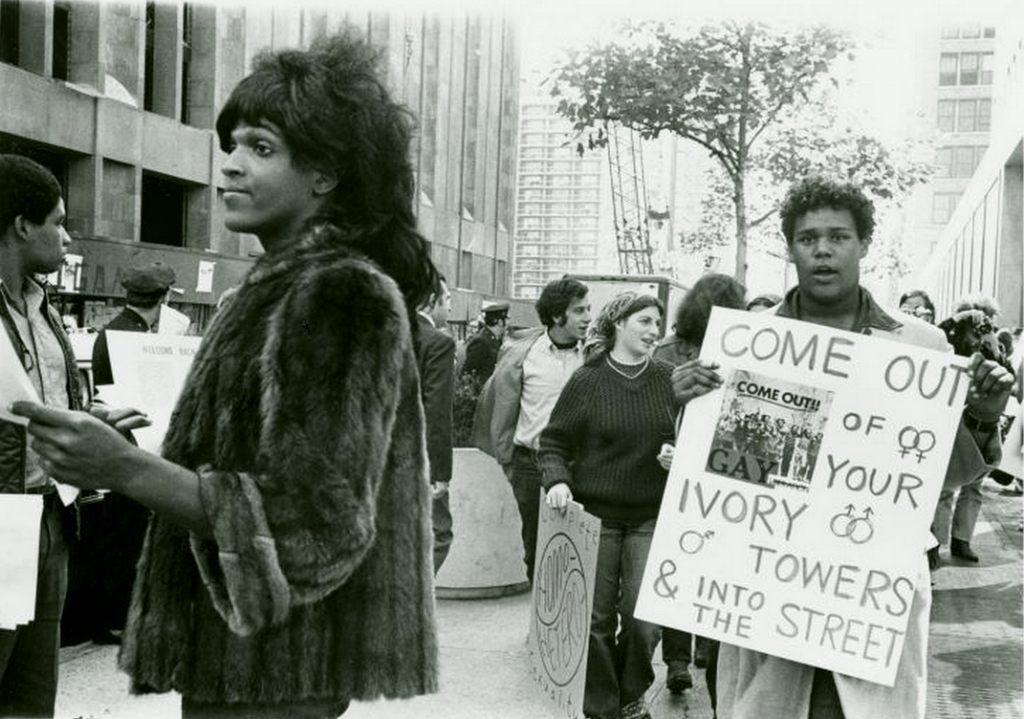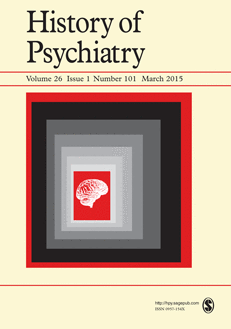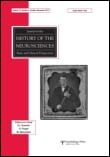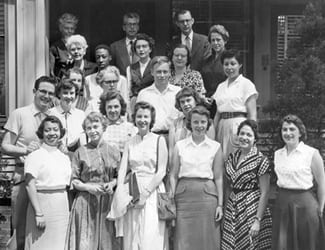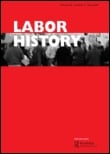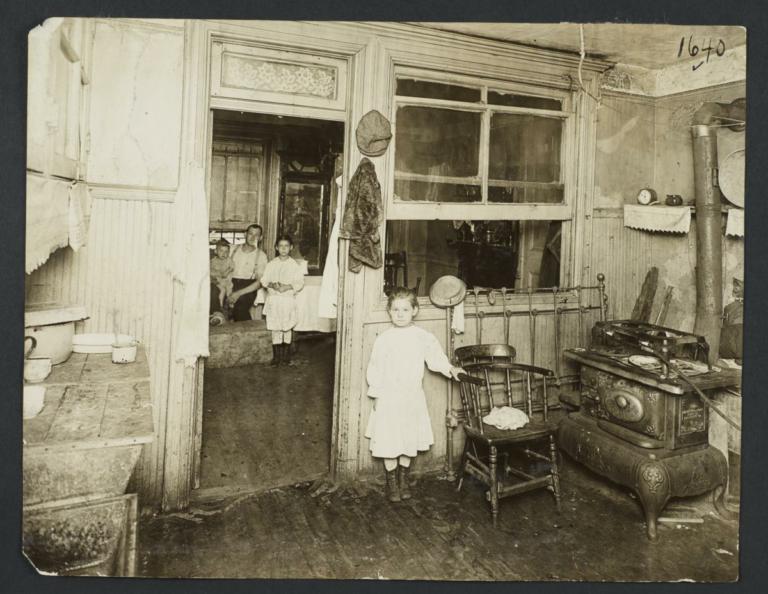‘S.W.’ and C.G. Jung: mediumship, psychiatry and serial exemplarity
The personal is scientific: Women, gender, and the production of sexological knowledge in Germany and Austria, 1900–1931.
Mother with Eight Children in Tenement Kitchen (circa 1910)
Feminism and/in/as psychology: The public sciences of sex and gender
Prime Minister Michael Joseph Savage
‘Without decontextualisation’: the Stanley Royd Museum and the progressive history of mental health care
Holocaust Survivors In Canada Offers Cautionary Tale, Says Author
But after 1950, with the expansion of immigration law to permit the arrival of more Jewish immigrants, government social service provision was stronger and the Jewish community was larger and more prepared for new arrivals. “They came to social services that were more developed, social workers who had better training, and also organizations and communities that had a better sense of the distinct needs of this particular immigrant group,” Goldberg said of the second wave.
Canada: Universal Policies
Debt, consumption and freedom: Social scientific representations of consumer credit in Anglo-America
“The name game”: Feminist protests of the DSM and diagnostic labels in the 1980s.
Keep your teeth clean
Lettuce wars: ten years of work and struggle in the fields of California
Residence patterns of the elderly in early eighteenth-century Iceland
Don’t wait
War Girls – poetry and prose by women in the First World War
C.C. Carstens: Interpreter of the Needs of Dependent Children
‘In the Backblocks of Capitalism’: Australian Student Activism in the Global 1960s
CCC (Civilian Conservation Corps) boys at work, Prince George’s County, Maryland (1935)
Rape in the Icelandic Sagas: An Insight in the Perceptions about Sexual Assaults on Women in the Old Norse World
Anna “Star” Kempshall (1891 -1961): Social Worker and Director of Family Service Department of CSS
A war for the soul of America: a history of the culture wars
Ida B. Wells-Barnett , Jounalist, Civil Rights Activist and a Founding Member of the NAACP
Prototypes for modern living: planning, sociology and the model village in inter-war Romania
A Contextual Analysis of Nervous Force in Medico-Scientific and Literary Writings in English of the Nineteenth and Early-Twentieth Centuries
The Nativist Movement in America: Religious Conflict in the Nineteenth Century
Richard Dadd: The Patient, the Artist, and the “Face of Madness”
History of psychological knowledge in Brazilian culture: Weaving threads on the loom of time.
Fires on the Border: the passionate politics of labor organizing on the Mexican frontera; ROSEMARY HENNESSY
‘At variance with the most elementary principles’: the state of British colonial lunatic asylums in 1863
Woody Guthrie, American Radical, by WILL KAUFMAN
Maine’s 19th-century socialist ideas sound contemporary
The Populist Party of Maine (1891) echoed the sentiments of the national organization which declared that “The fruits of the toil of millions are boldly stolen to build up colossal fortunes for a few, unprecedented in the history of mankind; and the possessors of these in turn despise the Republic and endanger liberty. …
World citizenship and the emergence of the social psychiatry project of the World Health Organization, 1948-c.1965
Honour, Violence and Emotions in History
First rank symptoms of schizophrenia: their nature and origin
Social work at Massey University
Public housing in Welfare St, Homebush West, circa 1940.
Tearing Down the Walls
War’s Legacy to the Poor (1919)
“War has left a very direct legacy to the poor of New York City – a legacy that is being felt at the present time, ten months after the armistice, more acutely even than it was at the time of the armistice. This legacy is in the form of increases in the cost of the necessities of life, which is causing serious concern to those organizations which are confronted with the necessity of giving assistance to those who by reason of sickness or death are in need. . . .”





